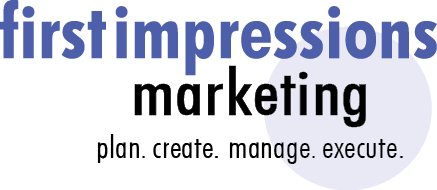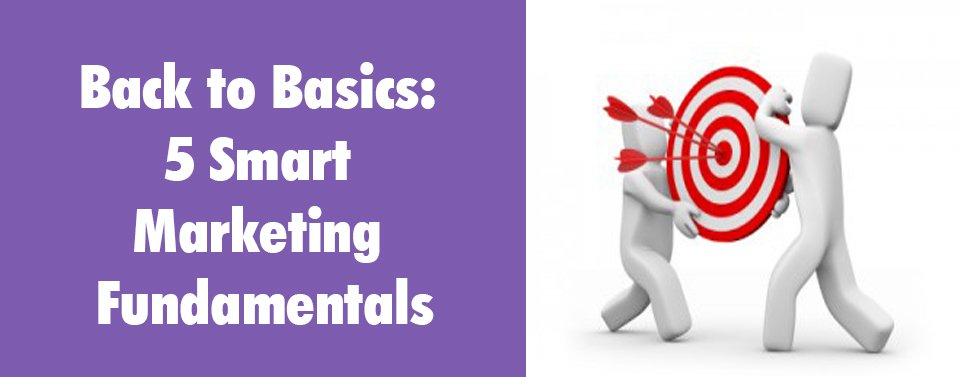Discussing the book, Selling the Invisible
“You can’t see them – so how do you sell them? That’s the problem with services. “
This is how author Harry Beckwith begins his book entitled, Selling the Invisible. It’s geared for those who are selling the intangible – such as a lawyer, accountant, a consultant, hairdresser or landscaper. These are people who are selling a PROMISE that they will DO SOMETHING.
There’s no car to show driving down the road, or a juicy hamburger you can bite into. Just you and your professional degree and years of experience.
This week I was joined by fellow WTER radio host Joan Nowak of “Business Chat.” This is a great book for those who are not selling a product, but a service. More than a service, we agreed that what you are really selling – is a relationship. Here’s some of our favorite takeaways from the book:
1. Getting Started
The core of service marketing is the service itself. “Getting the word out and attracting people to a ‘flawed’ service is a strategy for killing a service company”
Lesson: Get your house in order first – because you only have one shot at making a good impression.
2. Marketing: It’s not a department, it’s your business
Who is your competition? In services your prospects can:
(a) choose you (b) DIY or (c) do nothing.
3. Life is Like High School
The competent but likeable provider will attract more business than the brilliant but socially deficient expert. In large part, service marketing is a popularity contest.
4. What Color Is Your Parachute?
Many people feel like they have to behave like their peers, do what they are doing, and market the way they are. Instead, you should talk about what you are especially good at.
5. Your Favorite Songs (this might be my all-time favorite chapter)
This chapter compares marketing to hearing a song on the radio.
- First time: you hear it, you like it, don’t remember it
- Second time: you hear it again, find out who sings it or the name
- Third time: no one is looking, you sing along w/ it
- Two days later, you download the song on iTunes and play it over and over. It has sunk in.
- What if the singer changed the song and the tune every time? What would you remember? Nothing.
Lesson: After you say something, say it again, and again, and again.
6. Creating Your Positioning Statement
Don’t confuse a positioning statement with a position.
A position is a no-nonsense statement of how you are perceived in the minds of prospects.
A positioning statement tells how you WISH to be perceived. It is your core message.
Here are the questions you need to ask in order to develop your positioning statement. Below are sample answers:
- WHO? John Doe, Inc.
- WHAT? Is a small service company
- FOR WHOM? That serves smaller clients who want pretty good quality but cannot pay, or do not want to pay, for the services of a larger company.
- AGAINST WHOM? Unlike it’s bigger and better-known competitors
- WHAT’S DIFFERENT? John Doe is smaller, less experienced, and not as outstanding (remember this is a typical prospect’s perception, no necessarily reality)
- SO? Because of that, they charge less, so you can save some money
Chances are this will be your positioning statement or some version of this.
More thoughts on on positioning:
Lesser Logic. If a firm can do something that is hard and complex, then by lesser logic, they can solve their problems. What is the hardest task in your service? Position on this and put lesser logic to work.
Halo Effects. Standing for one thing does NOT limit appeal because people associate. We associate one positive (or negative) thing with many other good (bad) things.
Lesson: Say one positive thing and you will become associated with many.
Source: Joan Nowak, Hybrid Business Advisors
Selling the Invisible, Harry Beckwith




